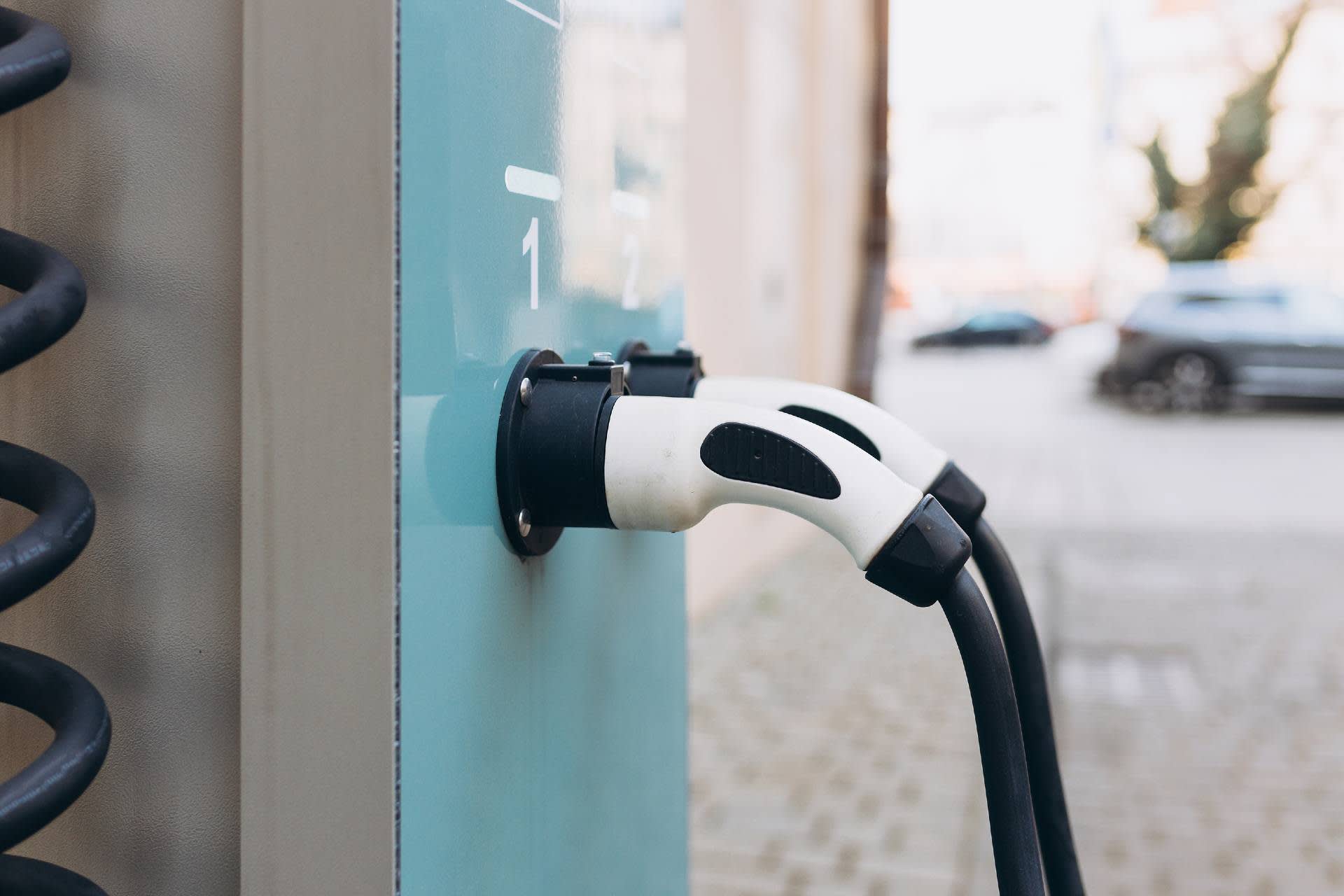What do the Public Charge Point Regulations mean for fleet managers?
The Government’s recently announced new electric vehicle (EV) Public Charge Point Regulations 2023 which are set to improve EV drivers’ charging experience as the industry enters the crucial mass adoption phase.

What are the Public Charge Point Regulations?
The Public Charge Point Regulations are the outcome of a government consultation on public EV charge points. They focus on four key areas:
- making it easier to pay
- opening up chargepoint data
- using a single payment metric
- ensuring a reliable network
The regulations come at a crucial point in the transition to EVs. It’s no longer just the early adopters who are making the switch. We’re in the mass adoption phase, where there’s a need to remove any obstacles and make the green transport transition as easy as possible for everyone.
Until now, it’s fair to say that charging an EV at a public charging station hasn’t been without its challenges. Fleet drivers and their organisations have had to deal with a whole range of tariffs. They’ve had to be ready to use a large number of payment apps, and they’ve had to cope with a lack of reliability and information about which chargers were working.
Based on feedback from real public charging stations users, and with a lot of common-sense solutions, we welcome these new regulations. Ideally, the public charging experience should be as uniform and require as little thought as filling up your car with petrol or diesel does today – the new rules go some way to making this a reality.
What do the regulations mandate?
As a result of the 2021 consultation, the Public Charge Point Regulations mandate:
Easier payment
Contactless payment will be available on all new charging stations of 8kW and above within one year. This means fleet drivers will no longer have to fill their smartphones with an app for almost every charging network. They can simply pay for their charge in the same way as they’d pay for anything else.
In the next two years, payment roaming will also be mandated at all public charge points. This should enable fleet drivers to recharge at any public charger and pay with a single app. This could be linked back to their company credit card, making it even simpler to keep track of their expenses.
Using a single payment metric
Pricing transparency will guarantee a consistent pricing metric across the public network. Prices will be given at charge points in pence per kilowatt hour of charge.
From fleet drivers’ point of view, this’ll make it easier to compare pricing at different charge points and achieve the best value for money. It’ll also make it easier to reclaim expenses as it will be clear exactly what has been paid for.
Transparent, accessible data
All chargers will have to provide real time information on their status. Transparent data will make it easier for fleet drivers to locate a public charge point nearby when they need to use one - and check in advance that it’s in good working order. This’ll combat any range anxiety or issues of drivers having to go out of their way to find a functioning charge point when they need to recharge.
This data will allow for further innovation, too. Fleet managers will be able to use open data to identify charging locations in advance, and plan their drivers’ routes accordingly, making it even easier for drivers to do their job as efficiently as possible.
A reliable charging network
Government is committed to improving reliability with a 99% reliable charging network across all rapid chargepoints including the strategic road network. There’s also a requirement for a free 24/7 drivers’ helpline to be provided at all chargepoints.
This, allied with better information should make it easier than ever for your drivers to recharge when they need to. Which will ultimately help make sure your fleet is in the place you need it to be at the end of the day, and your drivers happier and more productive too.
A positive step in the EV transition
The new Public Charge Point Regulations are a positive step in the EV transition, making it easier for every organisation that runs a fleet of EVs to play its part in decarbonising road transport.
While these changes will present challenges to the industry and may put some pressure on network costs, Drax is ahead of the curve. We're already innovating with features like contactless payments on AC chargers.
If you’d like to find out more about how we can help you navigate the transition to EVs, get in touch.
Find out more

